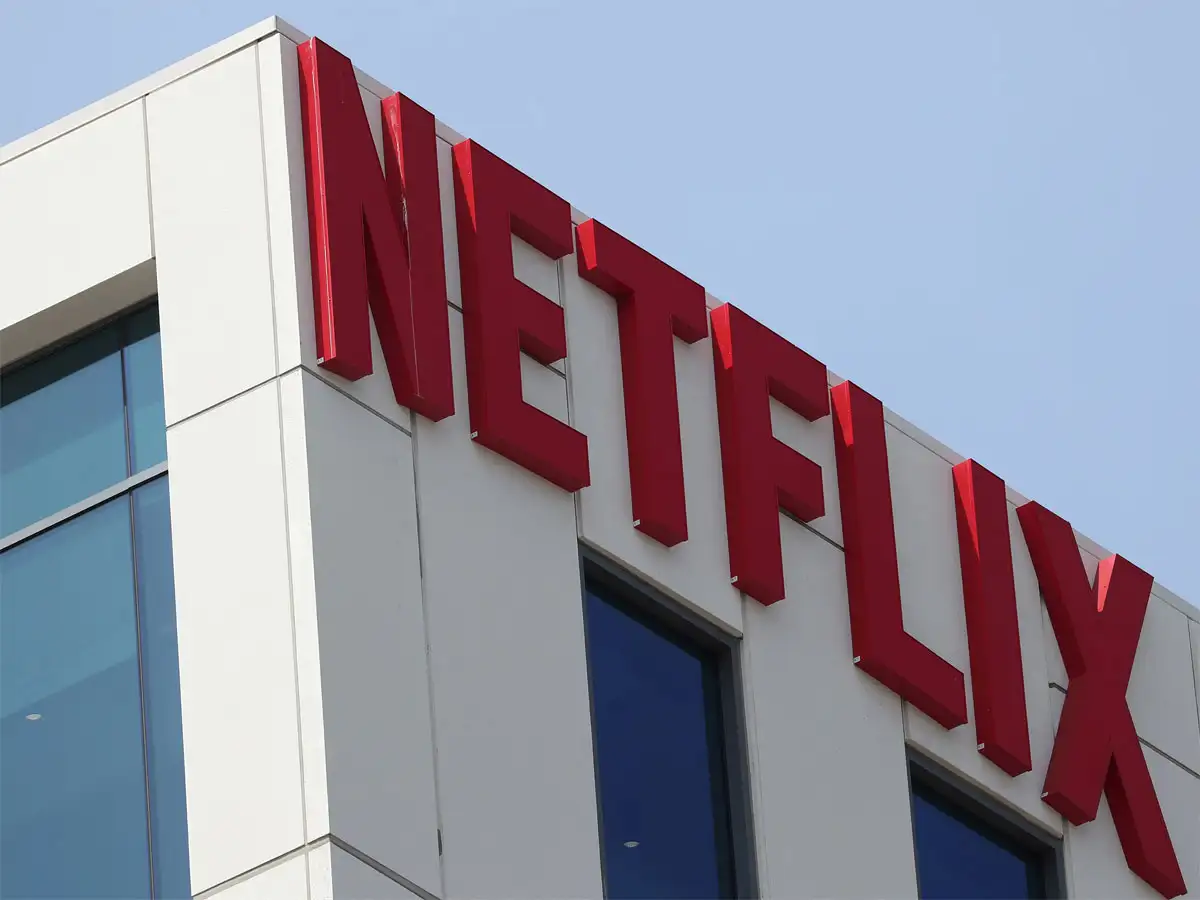Netflix is set to shake up the streaming landscape once again by introducing traditional broadcast channels to its platform starting next summer, marking a dramatic shift in the company's strategy as it faces increasing competition and evolving viewer preferences in the saturated streaming market.
The End of Pure On-Demand?
In what industry insiders are calling the most significant strategic pivot since Netflix abandoned DVD rentals, the streaming giant plans to roll out linear programming channels that will run 24/7, mimicking the traditional television experience that many viewers still crave. This move represents a fundamental departure from Netflix's pioneering on-demand model that revolutionized how we consume entertainment.
The decision comes as Netflix grapples with subscriber growth challenges and increased competition from services like Disney+, HBO Max, and Paramount+, many of which already offer hybrid models combining on-demand content with live programming.
What This Means for Subscribers
Channel Lineup and Content Strategy
According to sources familiar with the plans, Netflix will initially launch 10-15 curated channels focusing on different genres and demographics:
- Netflix News: A 24-hour news channel featuring partnerships with established news organizations
- Netflix Sports: Live sports coverage and sports documentaries
- Kids & Family: Continuous programming for younger audiences
- Classic Cinema: Rotating selection of classic films
- Reality TV Central: Non-stop reality programming from Netflix's extensive library
The channels will be integrated seamlessly into the existing Netflix interface, appearing alongside the traditional on-demand content that subscribers know and love.
Pricing and Accessibility
While Netflix hasn't officially announced pricing details, industry analysts expect the broadcast channels to be included in existing subscription tiers, with premium live content potentially requiring an additional fee. This approach would align with competitors like Peacock and Paramount+, which offer tiered access to their live programming.
The Business Logic Behind the Shift
Addressing the Paradox of Choice
Research shows that Netflix users spend an average of 18 minutes browsing before selecting something to watch. Linear channels solve this "paradox of choice" by offering a lean-back experience where content is pre-selected and continuously playing.
"Sometimes viewers just want to turn on the TV and watch something without making a decision," explains media analyst Sarah Chen from Digital Entertainment Research. "Linear channels provide that passive viewing experience that many people still enjoy."
Advertising Opportunities
The introduction of linear channels opens up new advertising possibilities for Netflix's ad-supported tier, launched in late 2022. Traditional commercial breaks in linear programming are more familiar to advertisers and could command higher rates than pre-roll or mid-roll ads in on-demand content.
Industry projections suggest this move could add $2-3 billion in annual advertising revenue by 2025, helping Netflix diversify its income streams beyond subscriptions.
Challenges and Opportunities
Technical Infrastructure
Implementing live, linear broadcasting requires significant technical infrastructure changes. Netflix will need to:
- Build out live streaming capabilities at scale
- Develop new content delivery networks for real-time broadcasting
- Create scheduling and programming systems
- Implement regional broadcasting capabilities for localized content
Content Acquisition
To fill 24/7 channels, Netflix will need substantially more content than its current library provides. This could lead to:
- Increased spending on content acquisition
- New partnerships with traditional broadcasters
- Development of more live programming
- Expansion of news and sports rights
The Competitive Landscape
Netflix's move follows similar strategies by other streaming services. Disney+ has ESPN integration, Paramount+ offers CBS live streams, and Peacock provides NBC content. However, Netflix's massive global reach of 247 million subscribers gives it unique advantages in negotiating content deals and attracting advertisers.
Looking Ahead
This strategic shift represents Netflix's acknowledgment that the future of streaming isn't purely on-demand. By embracing a hybrid model, Netflix is positioning itself to capture both traditional TV viewers and cord-cutters who miss the simplicity of linear programming.
As we approach the summer 2024 launch, the success of Netflix's broadcast channels will likely influence the entire streaming industry's direction. If successful, we might see a new era of "neo-television" that combines the best of traditional broadcasting with the convenience and personalization of streaming.
The streaming wars are entering a new phase, and Netflix's bold move suggests that the future of television might look surprisingly similar to its past—just delivered through different pipes.
